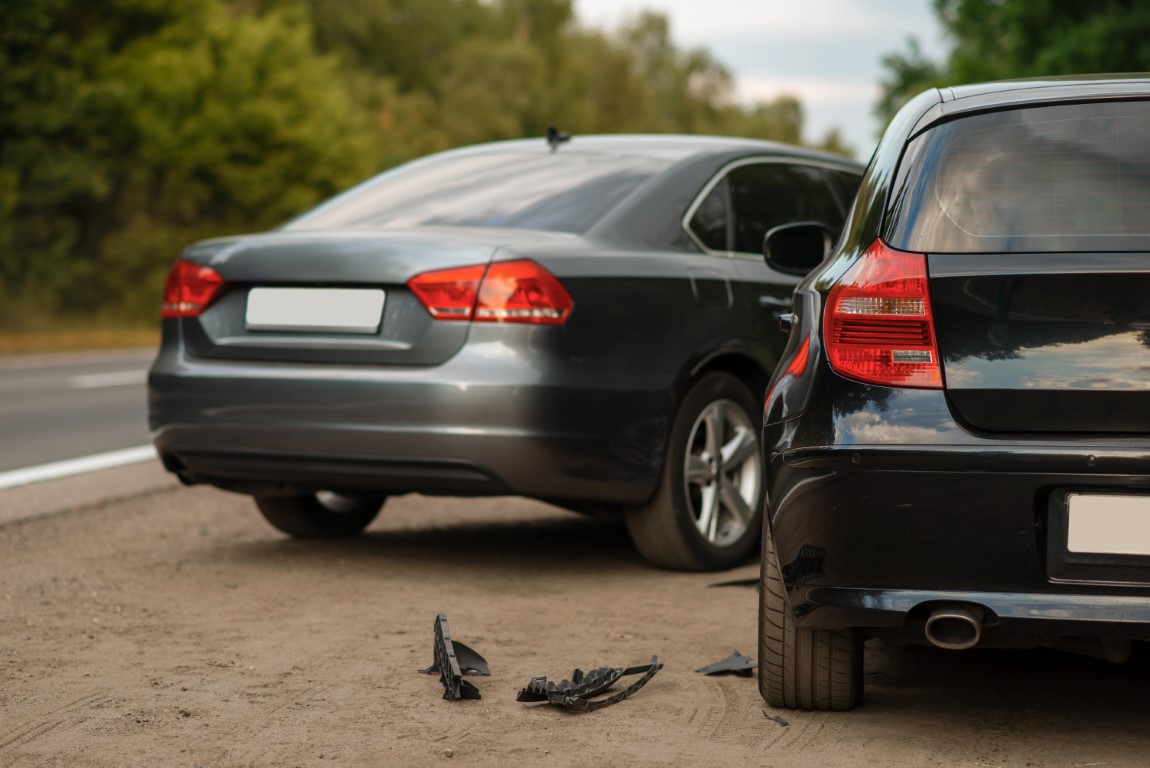Frequently, drivers refer to such multi-car accidents as a pile-up. Whatever name gets used for such an event, that same event has been linked to some specific features.
Conditions that favor the creation of a pile-up.
Most take place on a highway, where vehicles travel side-by-side and move at a high rate of speed. Poor visibility can make a multi-car crash more likely to happen. That is because drivers struggle to see when traveling in fog or rain.
High winds can increase the chances of a multi-vehicle accident, especially if the wind-hit vehicles happen to be speeding down a highway.
Listing of features that have become associated with a pile-up
Skidding: The drivers do not have time to make a decision. Consequently, each of them tries to make a last-minute move.
Swerving into another lane: That new lane could be one that carried oncoming traffic.
Questions of liability that could arise, following a multi-car accident, might be resolved in a courtroom.
The factors that could contribute to the formation of an answer receive a more intensive investigation when questions related to a given case get decided in court. Litigation provides the disputing parties with better access to minds that can offer guidance and a possible judgment. A judge and jury could suggest an appropriate compensation for the plaintiff.
All courts must follow the rules of the state, where the courthouse is located.
Most states have a no-fault rule for multi-car accidents. Still, victims with severe injuries should consult with a lawyer, regarding the wisdom behind suing the other driver.
The amount compensated to an injured party would reflect the elements of the situation, the one in which the driver has been injured.
-If the state has adopted the principle of contributory negligence, no one that has helped to trigger the accident’s occurrence has a right to seek compensation.
-If the state follows the principle of comparative negligence, the proportion of each party’s contribution to the factors causing the crash determines the size of the same party’s compensation.
-If the state follows the principle of modified comparative negligence, compensation goes only to those parties that did not contribute to 50% of more of the factors that caused the pile-up. The size of the compensation reflects the extent of the given party’s contribution to the accident’s occurrence.
Situation not covered by online information about multi-vehicle collisions
In each state, the rules that apply to such a collision focus on the driver’s condition. The posted rules do not include details on how a driver would be compensated if he or she were carrying a passenger, and that passenger was injured. In such a situation, the case would almost certainly get decided in court. Still, the involved drivers could use guidance.
To get legal assistance, call on Graves Thomas Rotunda Injury Law Group at 772.247.5306. We are here to help you.

